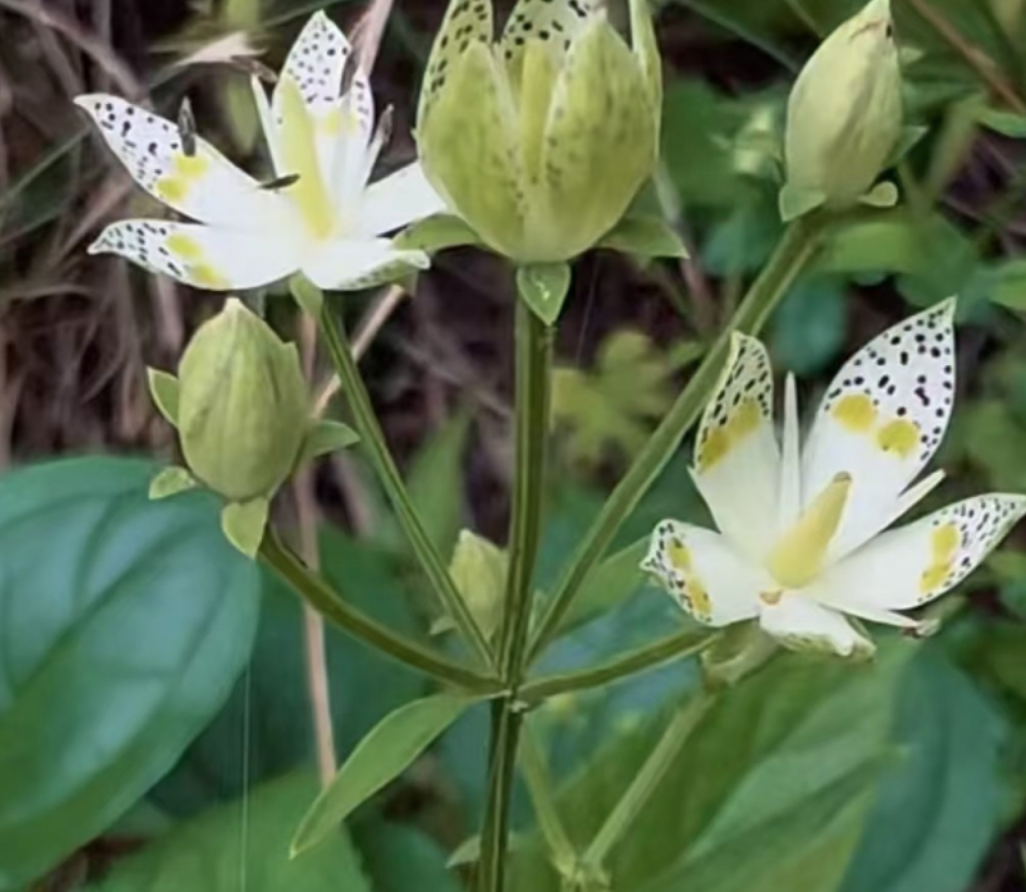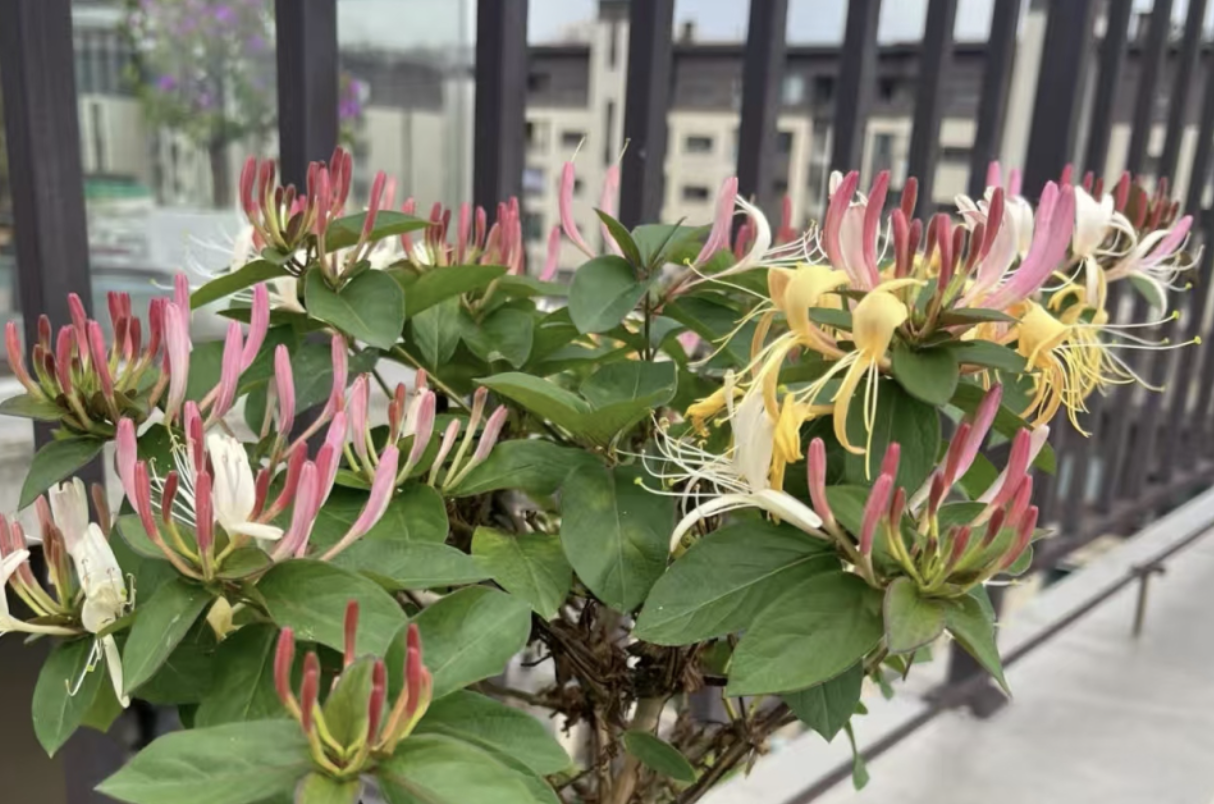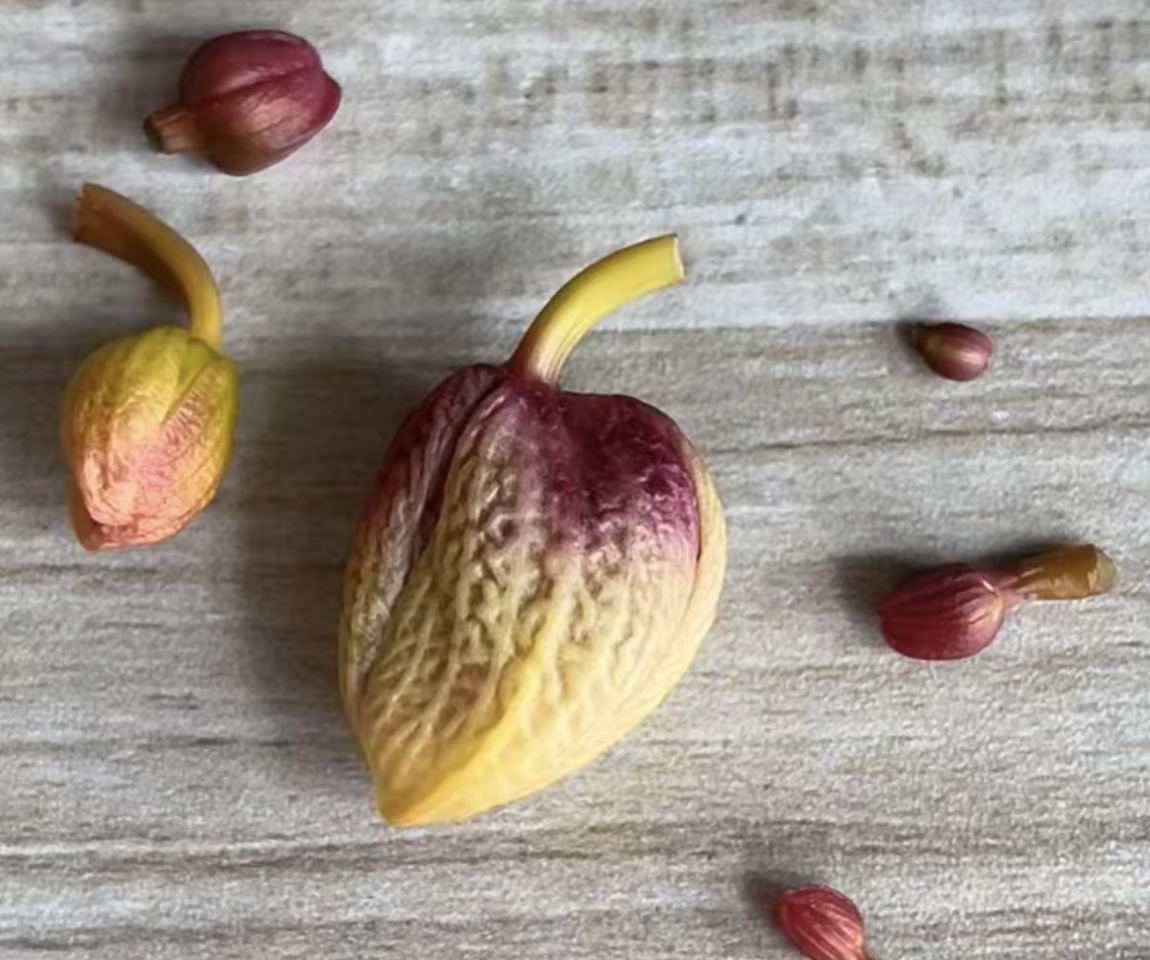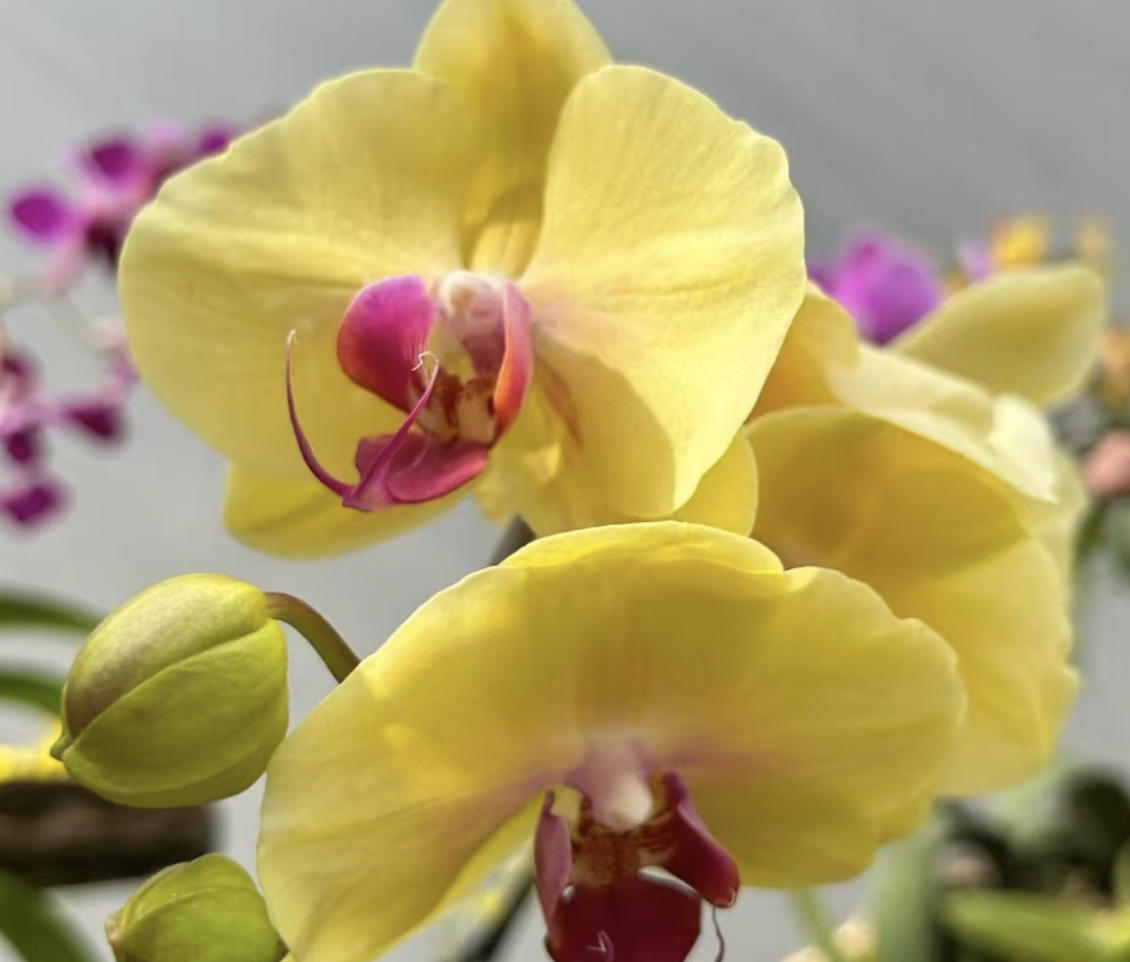I believe that friends who have knowledge of traditional Chinese medicine have heard of Swertia. It's a treasure for health preservation in traditional Chinese medicine. It has the functions of clearing away heat, strengthening the stomach, and draining dampness. At the same time, it can also relieve problems such as jaundice and toothache. Because Swertia contains substances such as xanthones and flavonoids, these substances have a good preventive effect on friends with a poor digestive system.
Swertia is native to eastern Asia, including China, Japan, the Korean Peninsula, and other places. The height of its plant is usually about 40 centimeters. The flowers are solitary, and the leaves are composed of 2 - 5 lobes. The flower color has purple spots, and the color of the corolla pistil is usually yellow or yellow - green. For home - care, its growth temperature ranges from 15 to 25 degrees Celsius. It prefers a semi - shaded environment and can survive at around minus 10 degrees Celsius in winter. It's afraid of hot summers. If the temperature exceeds 30 degrees Celsius, its growth will easily slow down. Therefore, it's recommended to provide appropriate shade during high - temperature summers to prevent the leaves from being damaged by strong direct sunlight.
Its flowering period is usually from July to September. At this time, the watering principle is to keep the soil moderately wet. Keep the soil moist. You can usually touch the pot soil with your hand. If it's too wet, don't water it, because this can easily lead to root rot. It's recommended to water it once every two days. And after each watering, touch the soil with your hand to prevent it from being too dry or too wet. At the same time, in a relatively dry environment, you can use a sprayer to spray water on the leaves to increase air humidity.
In terms of soil, Swertia can choose loose, well - drained acidic or slightly acidic soil. To improve the drainage performance, peat soil and perlite can be mixed in. If you want the plant to have lush branches and flowers, the fertilization step is essential. It's recommended to apply more phosphorus and potassium fertilizers before the flowering period to promote flowering. In the rest of the growth season, a complete - element fertilizer can be applied once a month. This operation can prolong the flowering period and promote flower bud differentiation.
In terms of pest and disease control, although Swertia is relatively resistant to pests and diseases, problems such as leaf spot disease and aphids cannot be ignored. Once abnormal conditions such as yellowing of leaves or pest infestation are found in the plant, measures should be taken in a timely manner, and biological pesticides can be used for prevention and control.
Why does Swertia become more and more tender as you take care of it?

Share with
Tagged in :




Leave a Reply